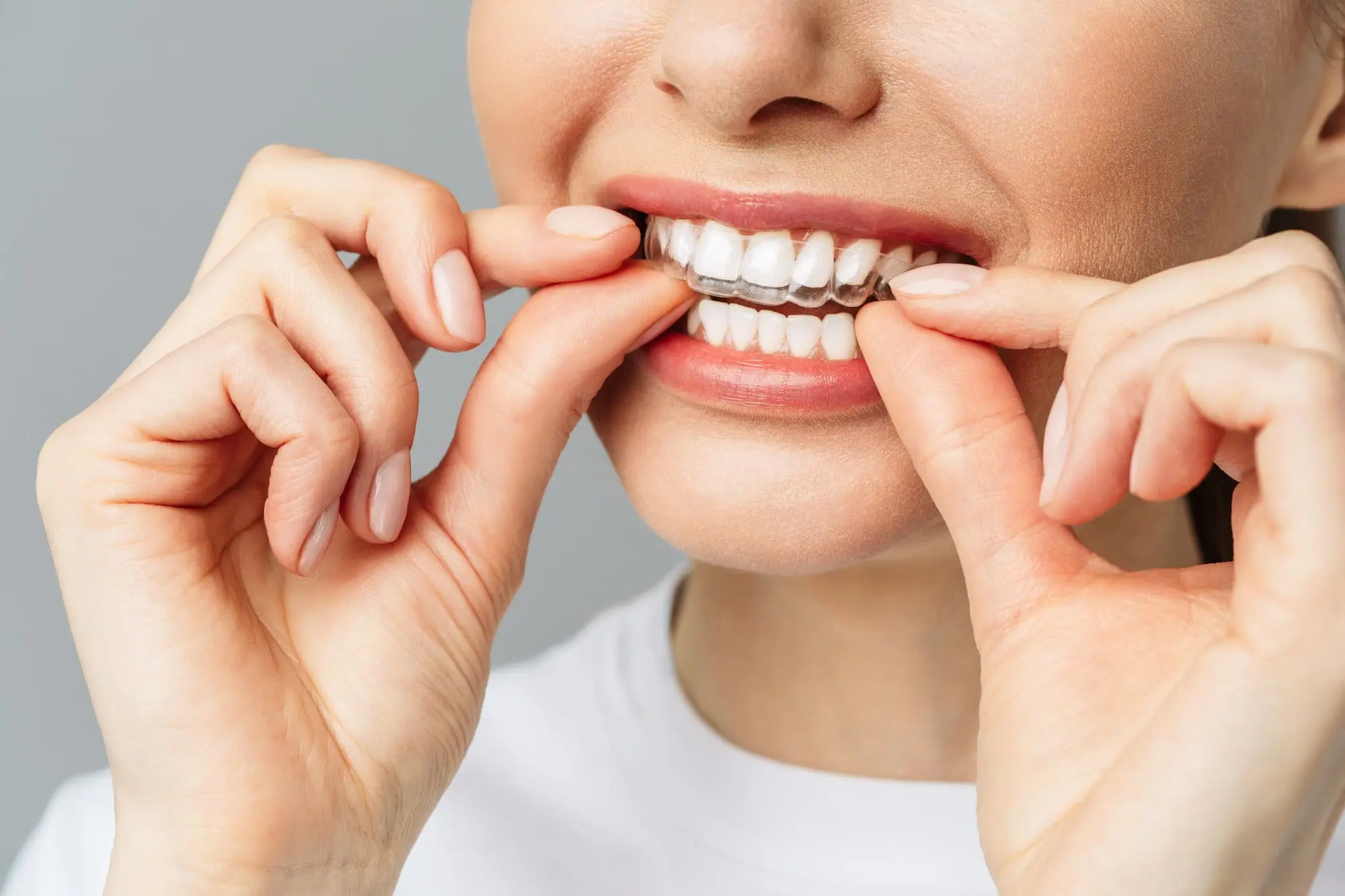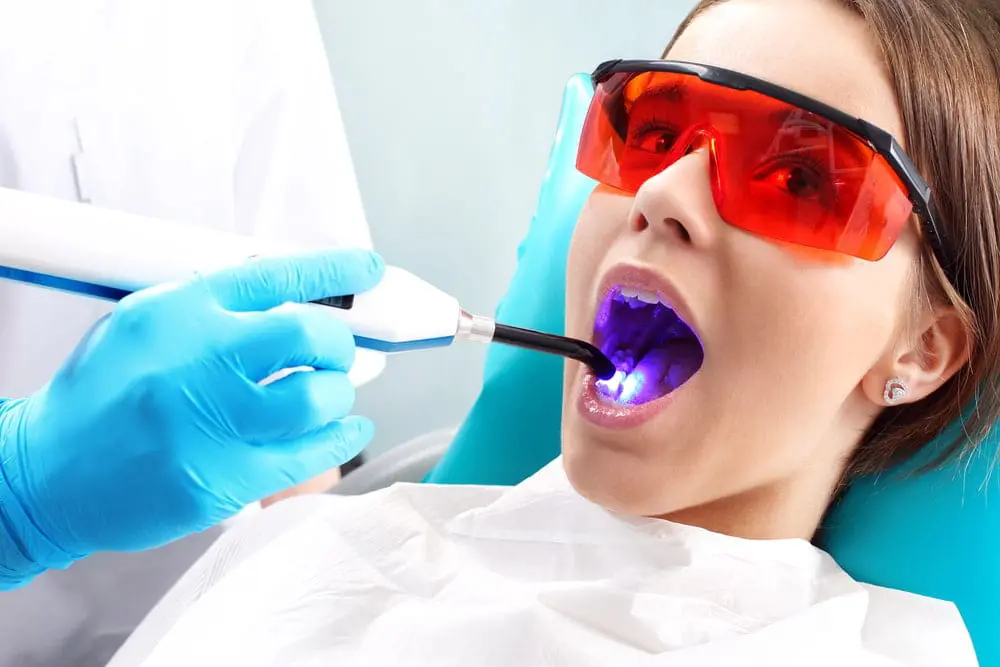Braces vs Invisalign: Which is Best?
The choice between Braces vs Invisalign (made by Align Technology) to correct crooked teeth can be quite overwhelming in Jacksonville FL. This decision begins with selecting the best orthodontist in Jacksonville. Both treatments have advantages and disadvantages, and here in Jacksonville, orthodontic care is tailored to individual needs – factors like your oral health and lifestyle play significant roles. So, which option is better, Invisalign or Braces?
Traditional metal braces or ceramic braces are commonly recommended by orthodontists or dentists for addressing more complex dental issues. Invisalign or clear aligners have improved significantly with advanced technology, offering a versatile way to transform your smile. This article will detail how these treatments work so you can make a well-informed choice about which treatment – and which orthodontic clinic – you’ll trust with enhancing your smile, like the expert care offered by Bold Bite Orthodontics in Jacksonville FL.

Factors Influencing Effectiveness of Braces vs Invisalign

Complexity of the Dental Case
Your specific dental needs determine which treatment is best for you. Some methods provide greater control and are more suited for addressing more complex orthodontic problems.
Successful treatment depends on following the prescribed plan. A patient’s individual lifestyle and habits can also influence the choice of treatment, helping to ensure consistent and effective results.

Investment and Oral Hygiene
Orthodontic care is a long-term investment. Some treatments make it easier to maintain oral hygiene, reducing cleaning efforts and potential complications such as plaque.
This can encourage healthier gums and teeth in the long run. However, certain treatments may demand more diligent tooth and appliance cleaning. Poor hygiene can result in plaque buildup, so it’s essential to maintain consistency and attend all regular cleaning appointments for optimal results.
Orthodontic Treatment Effectiveness in Different Age Groups
Discover how orthodontic care differs for children and adults, emphasizing developmental changes, lifestyle factors, and tailored treatment options for each age group.

Early Orthodontic
Treatment in Children
Starting orthodontic treatment early helps guide the proper development of a child’s jaw and teeth. Traditional braces are often the most effective and practical choice for children, especially since they can address complex problems while appearance concerns are less significant.
Adult Orthodontics:
Invisalign versus Braces
Adults typically choose between treatments based on how well they fit into their lifestyle. Clear aligners are popular for offering flexibility and aesthetics, but braces, including ceramic braces or lingual braces, provide better reliability for those with inconsistent oral care habits. Ultimately, the decision depends on the complexity of the issue and personal lifestyle preferences.
Real-world Applications: Invisalign or Braces?
Debunking Myths Around Braces and Invisalign
Addressing common misunderstandings enables patients to make well-informed choices about braces and clear aligner treatments.
Myths about Braces
Many believe that braces are meant only for teenagers or kids. This isn’t true – adults of all ages can benefit from braces to correct orthodontic concerns that they may have been dealing with for years.
Myths about Clear Aligner Therapy
It’s often assumed that clear aligners will always cost more than braces, but that’s not true in every case. Additionally, clear aligners are capable of addressing a wide range of misalignment issues, although more severe concerns may still require braces. Success with aligners depends heavily upon the patient wearing them as advised, so compliance is critical for achieving expected results.

Can Extraction Cases be Treated with Clear Aligners
Clear aligners can effectively treat cases requiring extractions, provided the patient follows the prescribed wear schedule consistently. However, success depends on following the plan and guidance set by orthodontics experts like Dr. Marty Greenberg and Dr. Trang Cao at Bold Bite Orthodontics. If necessary, alternative treatments may be better for achieving complete and effective corrections.
Mechanical Advantages and Disadvantages in Orthodontic Treatments
Fixed orthodontic appliances, such as braces, are often better for intricate adjustments, like correcting bite alignment or repositioning the jaw, because they offer precise control. Removable options like clear aligners simplify certain processes, such as straightening and closing spaces simultaneously, though they depend on the patient’s dedication to wearing them consistently. The treatment that works best for you factors in the complexity of the case and how willing the patient is to follow the plan.
